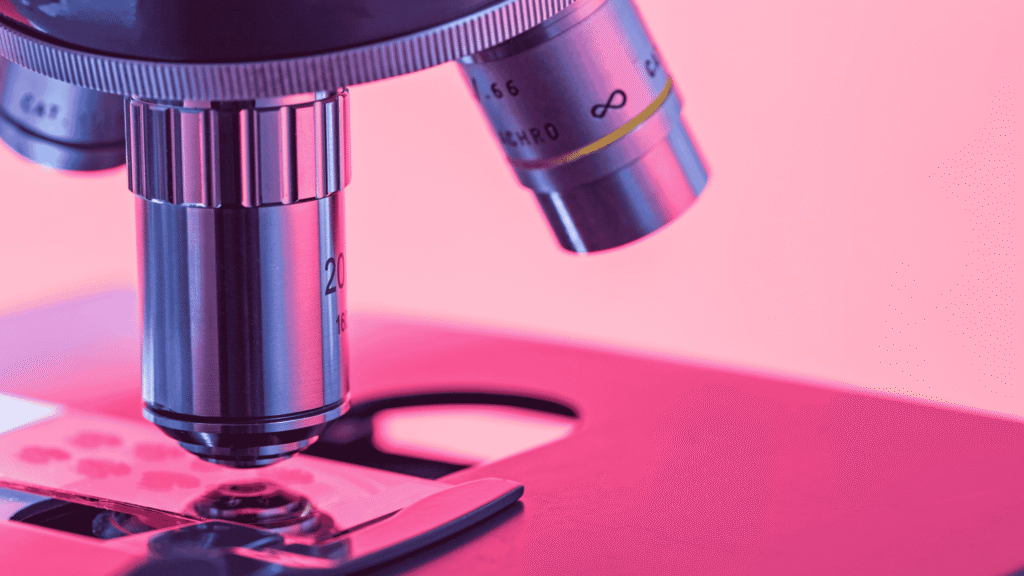May 2025 — In what scientists are calling a “scientific miracle,” a baby born with a life-threatening genetic disorder has been successfully treated by rewriting their DNA using CRISPR gene-editing technology — a world-first that could reshape the future of medicine.
A Lifesaving Innovation
Doctors in the UK have cured a newborn suffering from Severe Combined Immunodeficiency (SCID) — often referred to as “bubble baby syndrome” — by precisely altering the baby’s faulty genes shortly after birth.
Using CRISPR-Cas9, a Nobel Prize-winning gene-editing tool, scientists were able to cut out the defective part of the baby’s DNA and replace it with a healthy sequence. The child’s immune system, previously nonfunctional, is now developing normally.
What is SCID?
SCID is a rare but fatal condition where the body cannot produce functional immune cells. Without treatment, even minor infections can become deadly. Babies with SCID are usually kept in sterile environments — or “bubbles” — to prevent infections.
Until now, treatment options were limited to bone marrow transplants, which require a perfect donor match and come with serious risks.
How CRISPR Helped
In this unprecedented medical breakthrough, the medical team harvested stem cells from the baby, used CRISPR to fix the mutated gene, and reintroduced the corrected cells into the baby’s body. The corrected cells began producing healthy immune cells — all within weeks.
This method could pave the way for personalized genetic therapies that are safe, precise, and life-saving — without relying on donor transplants.
A Global Leap in Genetic Medicine
Experts worldwide are celebrating this as a milestone for gene therapy and pediatric medicine.
“This is more than just a treatment — it’s a cure,” said Dr. Helen Reynolds, a leading geneticist. “We’ve rewritten the rules of what’s possible.”
This success also reignites the conversation about expanding gene-editing research to treat cystic fibrosis, sickle cell anemia, thalassemia, and other inherited diseases.
Ethical Considerations
While the procedure offers hope, it also raises questions about ethical boundaries in gene editing — especially when it comes to treating embryos or making hereditary changes.
However, researchers assure that this intervention was strictly therapeutic, performed only to cure a fatal disease and not to enhance any physical traits.
What’s Next?
The child is now leading a healthy life, and ongoing monitoring shows no signs of complications or gene-editing side effects.
As CRISPR technology continues to evolve, this case could become the template for curing thousands of genetic disorders in the near future.
Source: The Scottish Sun





